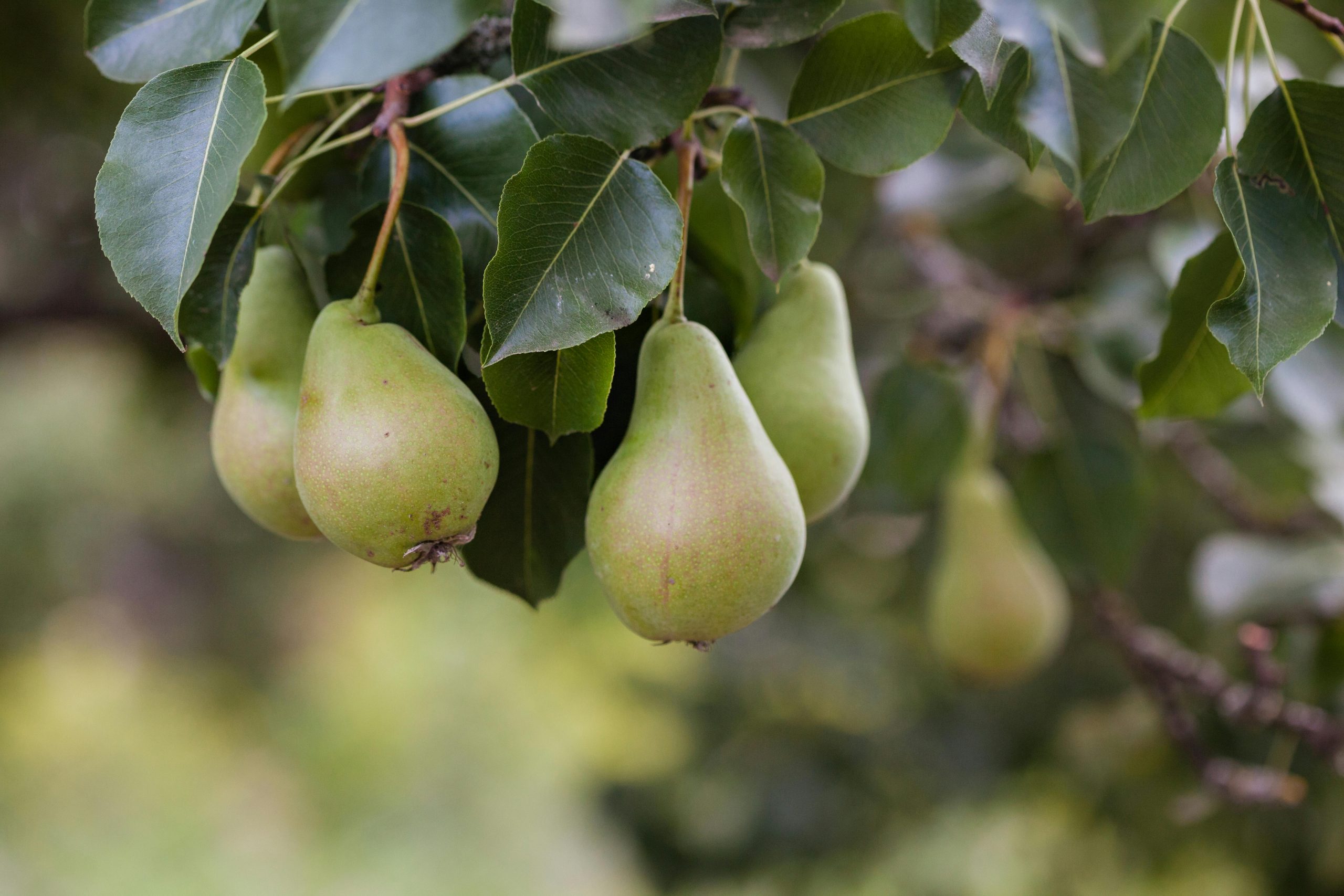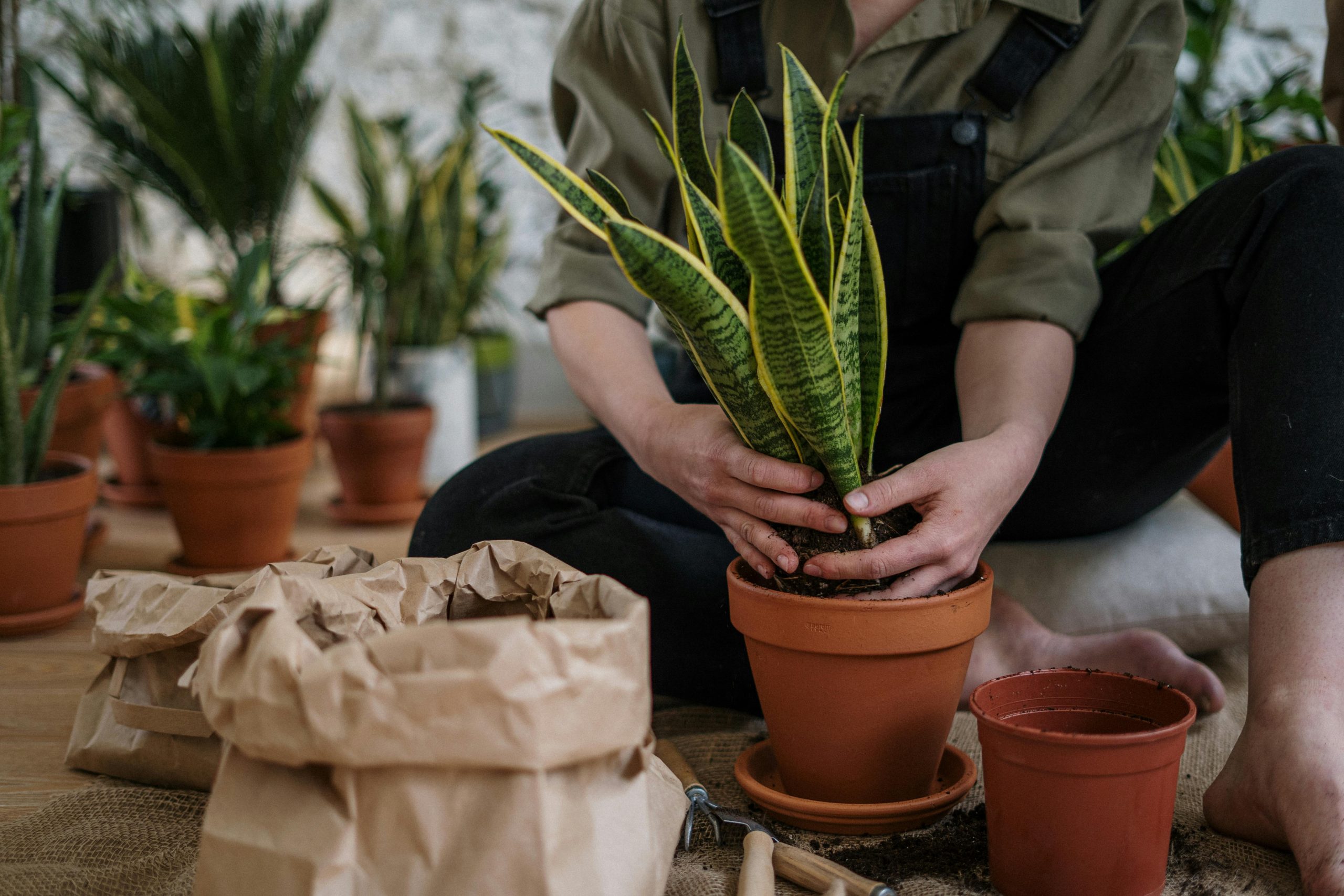Cultivating Pear Trees for Tasty Harvests

The first step in cultivating a successful pear tree is selecting the right variety for your garden. Pear trees come in many shapes, sizes, and flavors, each suited to different climates and growing conditions. Traditional British varieties such as ‘Conference’ and ‘Williams’ are beloved for their reliable crops and rich taste. Meanwhile, newer hybrids offer improved resistance to pests and diseases, along with unique flavor profiles that cater to diverse palates.
When considering which tree to plant, think about your specific needs. Are you looking for a tree that will thrive in a small garden? Dwarf or espaliered varieties are ideal for limited spaces and can even be grown against walls. For larger gardens, standard pear trees provide a stunning focal point with their broad canopies and abundant fruit.
A nursery specialist at ChrisBowers recommends, "Before you look for pear trees for sale, ensure you’ve assessed your garden’s soil type, sun exposure, and local climate. Matching the tree variety to these conditions is key to a successful harvest." This professional insight underscores the importance of planning and preparation in achieving long-term gardening success.
Planting Pear Trees: Timing and Technique
When planting pear trees, timing is everything. The dormant season, which begins in the UK in the late autumn and continues far into April, is ideal for planting. The tree can have its roots established at this time so it can be ready for growth in the spring.
Start by choosing a well-drained site that receives plenty of sunlight. Pear trees require at least six hours of direct sunlight each day to produce a healthy crop. Dig a hole that is twice as wide as the tree’s root ball and deep enough to allow the roots to spread comfortably. Before placing the tree in the hole, it’s a good idea to mix in some well-rotted compost or manure to provide essential nutrients.
Once the tree is positioned, backfill the hole with soil, ensuring the graft union—the point where the rootstock meets the scion—is above ground level. Firm the soil gently around the base to remove air pockets and water thoroughly to help the tree settle.
Caring for Young Pear Trees
Newly planted pear trees need careful attention during their first few years. Watering is crucial, especially during dry spells, as young trees have limited root systems and are more vulnerable to drought. Mulching around the base of the tree helps to retain moisture and suppress weeds, which can compete for nutrients.
Pruning is another vital aspect of pear tree care. While it may seem daunting, proper pruning encourages strong growth and improves fruit production. For young trees, focus on shaping a sturdy framework by removing any weak or crossing branches. Aim to create an open canopy that allows sunlight and air to circulate freely, reducing the risk of disease.
As the tree matures, annual pruning will help maintain its shape and productivity. The best time to prune is during late winter or early spring, just before the tree breaks dormancy. Remember to use sharp, clean tools to make clean cuts and reduce the likelihood of infection.
Pollination and Fruit Development
Pollination is essential for fruit development in pear trees. While some varieties are self-fertile, meaning they can produce fruit without a second tree, many require cross-pollination to set a good crop. If space allows, planting two or more compatible varieties increases the likelihood of successful pollination and enhances the overall yield.
Bees and other pollinators play a critical role in this process, so it’s beneficial to create a garden environment that attracts these vital insects. Planting a variety of nectar-rich flowers and avoiding the use of chemical pesticides can help maintain a healthy population of pollinators.
Once the flowers are pollinated, the fruit begins to develop. Pears grow slowly over the summer, and it’s important to thin the fruit if the tree sets too many. Thinning involves removing some of the developing pears to prevent branches from becoming overloaded and to ensure that the remaining fruit reaches a good size and quality.
Common Pests and Diseases
Like all fruit trees, pear trees are susceptible to a range of pests and diseases. The most common issues include pear scab, fire blight, and aphid infestations. Regular monitoring and prompt action are key to keeping these problems under control.
The fungal disease known as pear scab produces black, scabby sores on the fruit and foliage. Remove any fallen leaves or other debris from the area surrounding the tree since they might harbour fungus spores and cause scab. In contrast, fire blight is a bacterial infection that results in the blackening and eventual death of branches. To stop the spread of fire blight, cut down any damaged areas as soon as you see them and throw them away.
Aphids, small sap-sucking insects, can weaken the tree and spread viral diseases. Encouraging natural predators such as ladybirds and lacewings is an effective way to control aphid populations. In severe cases, insecticidal soap can be used, but always follow the manufacturer’s instructions carefully.
Harvesting and Storing Pears
One of the joys of cultivating pear trees is the satisfaction of harvesting your own fruit. Pears are typically ready to pick from late summer to early autumn, depending on the variety. Unlike some fruits, pears are best harvested when they are mature but not fully ripe. This prevents them from becoming overripe on the tree and ensures they ripen evenly after picking.
To test for maturity, gently lift the fruit and twist it slightly. If it detaches easily, it’s ready to harvest. Avoid pulling or tugging, as this can damage the tree. Once picked, pears can be stored in a cool, dark place to ripen slowly. For longer storage, some varieties can be kept in a refrigerator or cold cellar for several weeks.
Enhancing Your Garden with Pear Trees
Beyond their practical benefits, pear trees bring beauty and character to any garden. In spring, they produce a stunning display of white blossoms that attract pollinators and brighten the landscape. In autumn, their leaves turn shades of gold and red, adding seasonal interest.
Pear trees also offer opportunities for creative gardening. Espaliered trees, trained to grow flat against a wall or fence, make a striking visual statement and maximize space in smaller gardens. Standard trees, with their classic upright form, provide shade and can be underplanted with flowers or herbs to create a charming orchard effect.
For those looking to diversify their garden, consider pairing pear trees with other fruit trees. A mixed orchard of apples, plums, and cherries alongside your pears can extend the harvest season and provide a variety of fresh produce. Many nurseries, including ChrisBowers, offer a wide selection of trees, making it easy to buy fruit trees that complement each other in terms of growth habits and pollination needs.
Conclusion: A Rewarding Endeavour
Cultivating pear trees is a rewarding endeavour that combines the pleasures of gardening with the satisfaction of growing your own food. With careful planning, regular maintenance, and a little patience, you can enjoy delicious, homegrown pears and create a beautiful, productive garden space.
Whether you’re planting your first tree or expanding an existing orchard, the journey of nurturing a pear tree from sapling to harvest is one of nature’s most gratifying experiences. So why not take the plunge and explore the world of pear cultivation? With expert advice and quality trees from trusted nurseries, your garden can soon become a haven for fruitful abundance.
Other sources: Chris Bowers case study

